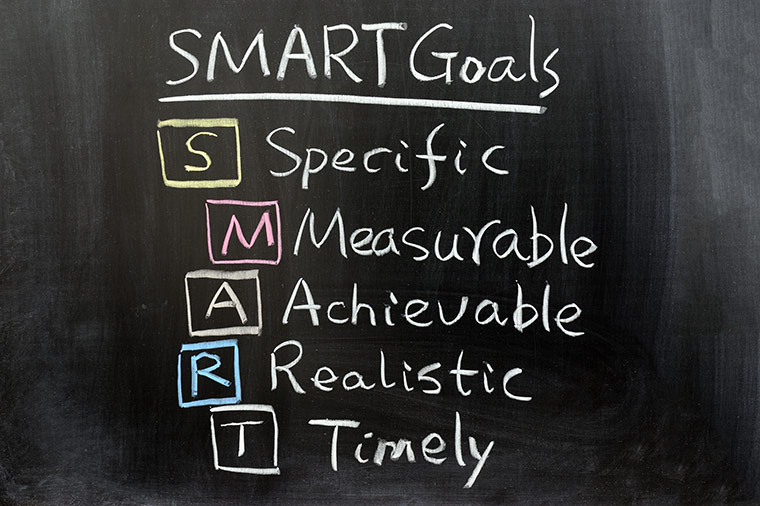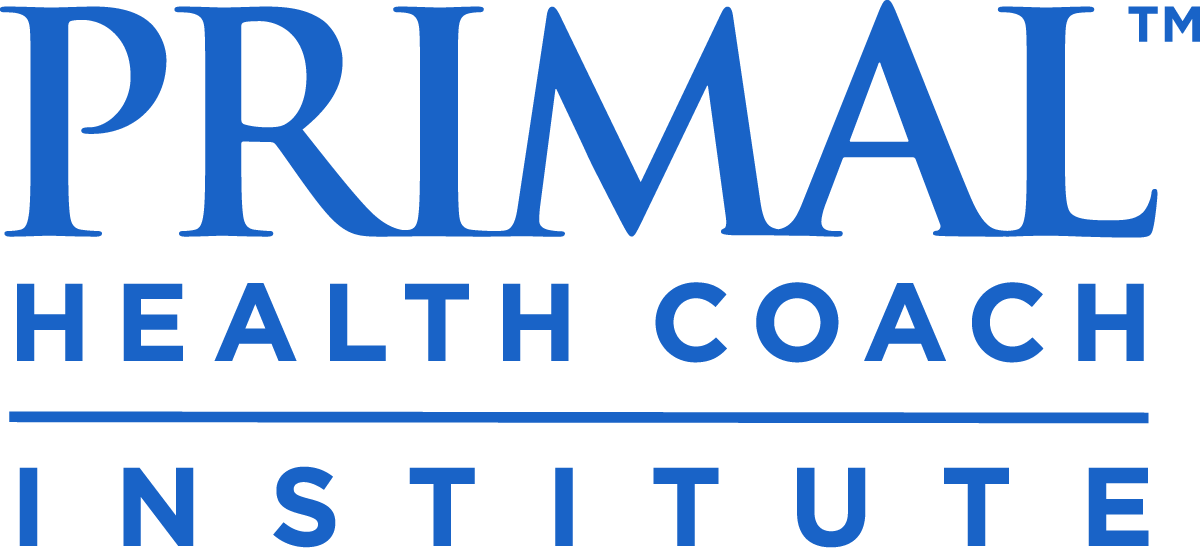
Resolutions are about starting fresh and wiping away old, bad habits. They are made with the best intentions, so why do 88% of New Year’s resolutions fail?
A 2007 study by Richard Wiseman, PhD found that 52% of people believed that they would stick with their resolutions at the start of the year. However, only 12% of participants stuck with it.
Despite the best intentions, the mere act of making a resolution is not enough to make sustainable lifestyle change.
Here we’ll explore why resolutions don’t work and what you can do to help your clients turn their best intentions into realistic healthy lifestyle change through effective goal setting and the implementation of new habits.
Why Resolutions Don’t Work
Resolutions are often vague non-descriptive statements, like “I want to lose weight” or “I want to eat healthier”, and their big picture nature is the very reason why so many resolutions fail.
Resolutions are not specific or measurable and they are not linked to a defined time frame.
Richard Wiseman found that men had more success with their resolutions if a specific goal was set, and that women found more success if they shared their resolution with friends and family—in other words, it made them more accountable.
Breaking old habits, and creating new healthier ones isn’t easy, and that’s why an every increasing number of people are turning to health coaching to help them achieve their health goals. As a health coach, you possess the tools and the expertise to guide your clients towards their healthiest version of themselves.
Goal Setting
Clever goal setting is instrumental to your clients’ success. It provides focus and accountability; two key components required for the development of new habits.
S.M.A.R.T. goal setting is widely used in business and personal development to help bring about a desired outcome and is a useful goal setting strategy that you can use with your clients to help them break down their big picture resolutions into smaller, more achievable goals.
The S.M.A.R.T. acronym stands for:
- Specific: Target a specific area of your health
- Measurable: How you are going to quantify your goal
- Achievable: Assess whether this goal is feasible
- Realistic: Is this goal achievable?
- Time: Length of time it will take to achieve this goal
Two of the most appealing aspects of setting S.M.A.R.T. goals is, firstly, they are quantifiable, and secondly, they have a defined end point; both of which help to ground your client’s goal and make it achievable.
Here’s an example of a health-based S.M.A.R.T. goal that may be presented to you by a client:
- Specific: To measure below 32 inches around the waist and below 40 inches around the hips
- Measurable: Perform girth measurements around the waist and hips
- Achievable: Yes, client has already lost 2 inches off of both measurements in 2 weeks and aims to lose another 10 inches
- Realistic: Yes
- Time: 8 weeks
As you can see from this example, the client’s goal has been broken down into specific, measurable outcomes within a defined time frame.
The achievability of this goal is based on the client’s previous progress towards their goal, and it is deemed realistic based on its achievability within the proposed time frame.
From this example you can see how breaking down your client’s goal into smaller, quantifiable milestones is a useful technique that will help to keep your client motivated and accountable for their actions.
Accountability
Taking ownership of their actions is an absolutely crucial step your clients must make in order to create new habits and sustainable lifestyle change.
As a health coach, you simply can’t just tell your clients what to do; they must make themselves accountable for their decisions, actions and their subsequent consequences; both the positive and the negative.
Goal setting is a great first step towards creating accountability with your client. The next stage is to implement an action plan that will lead your client towards their specific goal.
If we continue with the previous example in which your client would like to reduce their waist and hip circumference, their action plan may look something like this:
- Eliminate refined sugars
- Eliminate processed foods
- Perform 2-3 strength workouts/week
- Cycle to and from work everyday
The mere act of writing out their action plan will give your client accountability for these actions, and it will place their abstract big picture resolution into actionable steps.
Verbalizing their goals to you as their health coach as well as to friends and family is another effective strategy to instill accountability in your clients, as seen in Richard Wiseman’s study.
Creating New Habits: The Key to Making Sustainable Lifestyle Change
The next step toward sustainable lifestyle change is the formation of new habits.
Habit is the most powerful predictor of eating behavior.
In the absence of newly formed healthy habits, your clients will be relying on willpower alone to achieve their health goals, which is ultimately setting them up for failure.
So how are new habits formed?
Research (PDF) has shown that there are two key factors that can influence the formation of new habits and they are (1) repetition and (2) piggybacking a new behavior onto an already established healthy behavior.
Next, we’ll discuss with examples how you can help your clients implement these habit-forming strategies into their lives.
1. Repeat, Repeat, Repeat!
Repetition in a stable context is critical to creating a new habit. This means a new behavior should be performed in a similar manner at a similar time in a routine manner.
For example, if your client has a hectic work schedule Monday though Friday, batch cooking meals on a Sunday will set them up for the week ahead and will do wonders to reduce the stress of meal preparation during the week when time is limited and energy levels are low.
If the new behavior, aka batch meal preparation on Sunday, is performed every week, it will, over time, develop into a new healthy habit, meaning that it will become autonomous and no will power of effort will go into this behavior.
2. Piggyback
A effective strategy to help a new behavior stick is to associate it with an existing healthy behavior.
For example, going for a 15 minute walk after your evening meal can be turned into a new habit if it is repeated every day. Associating the walk with the already established dinner meal will help reinforce this new behavior and solidify it as a healthy habit.
The next question you may have is how long does it take for a new behavior to become a healthy habit?
The answer is, it depends!
Research has shown that it can take any where from 18-254 days for a new behavior to become automated. As you can see, the time varies immensely depending on the individual, and for some people it can take a very long time.
Forming new habits definitely isn’t easy and requires motivation and determination from your client and support and guidance from you as their health coach. However, the Holy Grail at the end of the hard work and persistence is a healthier, happier client, which is good for them and your health coaching business.
Here we have discussed how you as a health coach can help your clients achieve their big picture resolutions, by breaking them down into smaller, quantifiable goals, instilling accountability in your client, and helping them develop new healthy habits. Forming new habits isn’t an easy process, but with your guidance as their health coach, your clients will be in the best position to do so.



